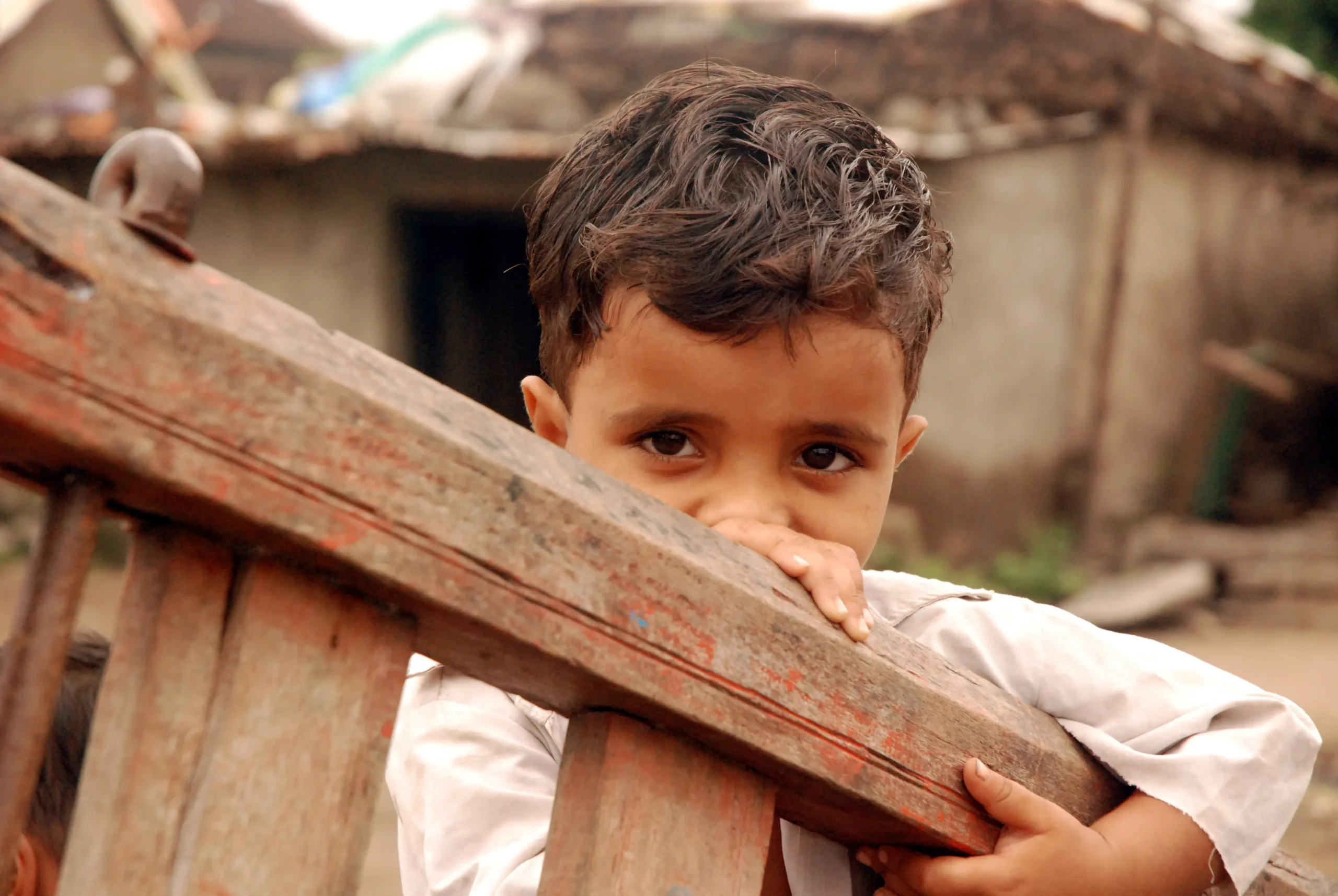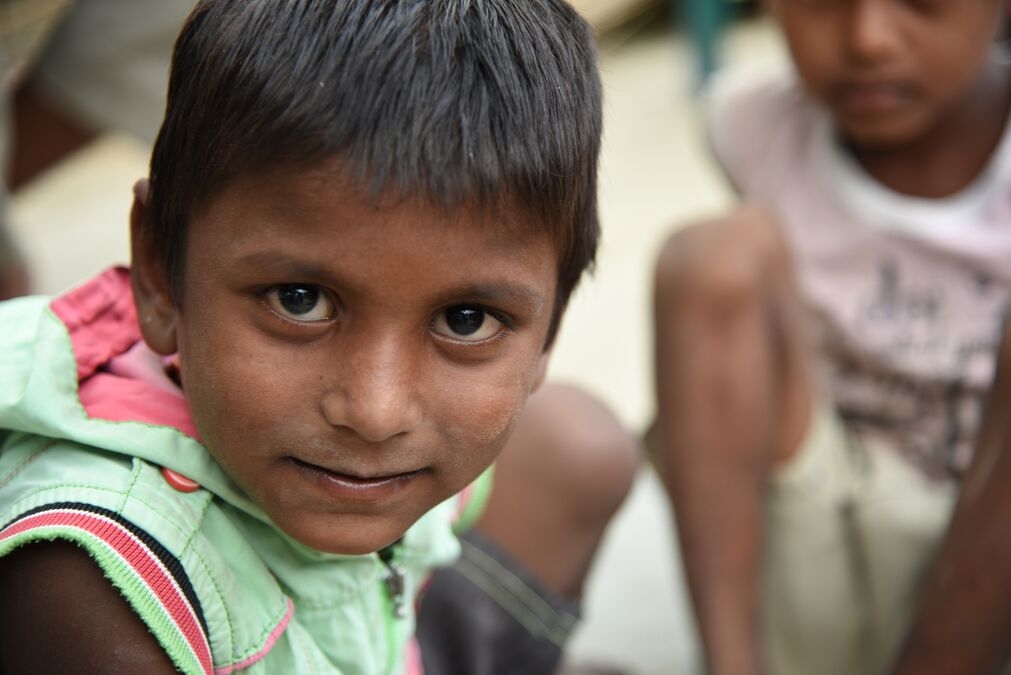
Understanding the Different Types of Child Trafficking and How We Can Protect Children
Summary/TL;DR of Types of Child TraffickingChild trafficking is the illegal recruitment, movement, or exploitation of children for forced labor o....
Read MoreChild labour and child trafficking are deeply connected issues affecting millions of children in India. Children forced into labour are often vulnerable to trafficking, creating a cycle of exploitation that robs them of their childhood, safety, and future opportunities.

Despite government efforts, child labour and child trafficking remain serious concerns in India. Economic hardship, lack of education, and social vulnerability push children into situations where they are at risk. Breaking this cycle requires urgent and sustained action by the community and institutions.
Child labour refers to work that deprives children of their childhood, education, and dignity. It includes activities that are harmful to a child's physical and mental development.
According to a report, over 11.8 million children between the ages of 5 and 17 were engaged in work in India (Source: UNICEF, 2024). Many of them are found in agriculture, domestic work, and small-scale industries, often in unsafe and unfair conditions.
Also Read: What is Child Labour?
Child trafficking involves the illegal movement or sale of children for exploitation. This may include forced labour, domestic servitude, or even sexual exploitation. Child trafficking in India often goes undetected due to weak law enforcement and limited public awareness. Traffickers target vulnerable families, offering false promises of jobs or education for their children.
Also Read: Causes of Child Trafficking
The progression from child labour to child trafficking is often subtle. A child may begin working to support their family, but when demand increases or wages fall, traffickers step in.
Children are lured with promises of better pay or opportunities in cities, only to find themselves trapped in bonded labour or exploitation. Without education or adult guidance, many individuals are unable to escape these dangerous situations. Traffickers exploit the fact that these children often go unreported and unnoticed.
Also Read: Causes of Child Labour in India
Children caught in the web of child labour and child trafficking face daily exploitation. They are often forced to work long hours in hazardous conditions without pay or rest. Their rights are denied, and their voices are silenced.
Also Read: Types of child labour in india
Children subjected to child trafficking may suffer from physical abuse, poor health, and emotional stress. The absence of proper food, shelter, and medical care affects their development. Many go through deep pain and fear because of the hurt and mistreatment they suffer while being held against their will.
Children who are trafficked lose their freedom. They often lose access to schooling, friendships, and a safe home environment. This affects their confidence, mental well-being, and ability to build a stable future. Being denied the right to education means being denied the chance to grow into independent adults.
Also Read: Ways to eliminate child labour
India continues to face high numbers of child labour and child trafficking cases. Thousands of cases are recorded each year, with many more going unreported. The National Crime Records Bureau (NCRB) 2022 data shows that 2,250 cases of child trafficking were registered under the IPC and special laws (Source: U.S. Department of State, 2024). Rural regions, where awareness is low and poverty is high, remain hotspots.
Government schemes, such as the National Child Labour Project and the TrackChild Portal, are helping to identify and rehabilitate affected children. However, implementation gaps still exist.
Also Read: How Local Communities Can Help Prevent Child Trafficking
CRY India takes a grassroots approach to address child labour and child trafficking. As a facilitator, CRY works with local communities and partners to raise awareness, strengthen child protection systems, and ensure that children stay in school.
By empowering families and creating child-friendly environments, CRY helps prevent child trafficking before it happens.By supporting children's right to a safe, educated, and healthy life, we can break the link between child labour and child trafficking. With collective action, community participation, and support from organisations like CRY India, every child in India can have the opportunity to grow in a secure environment.
Also Read: Corporate Social Responsibility
Communities can stay informed, support children's education, and report suspicious activities to local authorities. Building child protection committees and ensuring children attend school are effective prevention strategies.
In rural areas, traffickers often promise job opportunities or education, while in urban slums, they exploit economic hardship and family instability. In both settings, traffickers prey on the lack of awareness and protection.
Children rescued from child labour and child trafficking may face emotional trauma, delayed education, and social stigma. Supportive care, counselling, and education are crucial for their reintegration and long-term well-being.
India has several laws in place, such as the Child Labour (Prohibition and Regulation) Act, the Juvenile Justice Act, and sections of the Indian Penal Code. The Immoral Traffic (Prevention) Act and Protection of Children from Sexual Offences (POCSO) Act also address exploitation. The government has also created child protection mechanisms at the district and state levels.